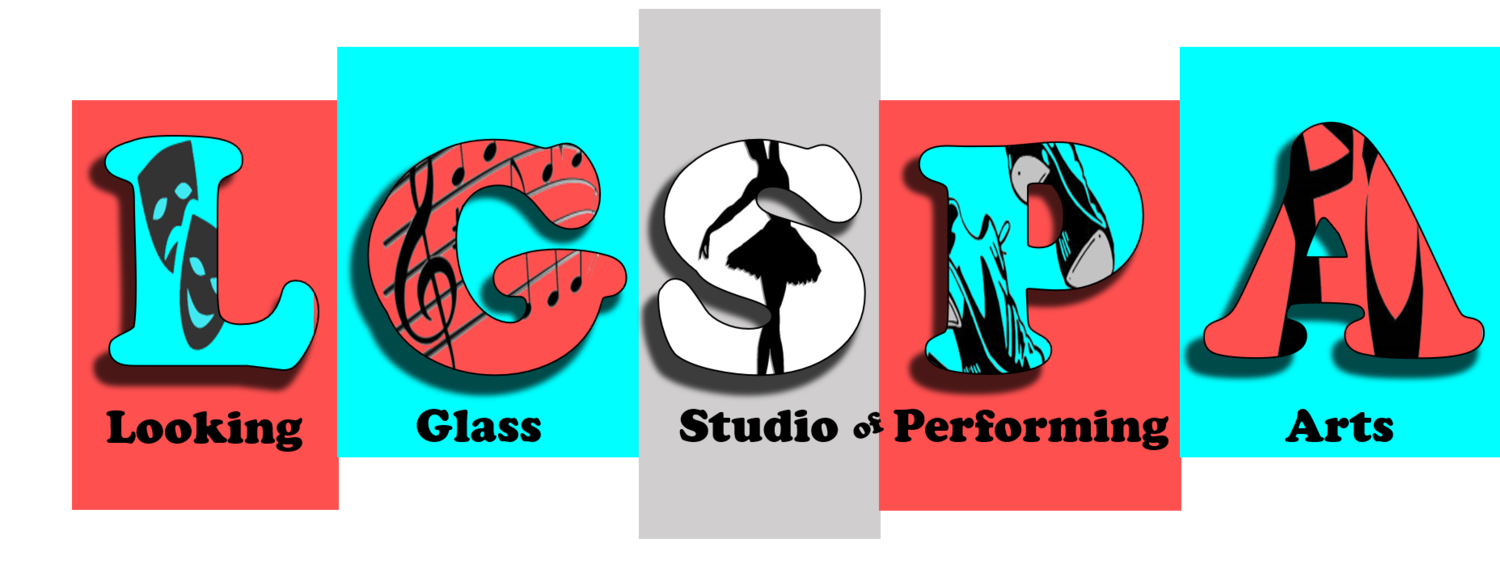Did you know that we are Certified with Acrobatic Arts?
AcroDance, or acro as it is commonly referred to by dancers and dance professionals, is the beautiful fusion of classic dance technique and the precision and athleticism of acrobatic elements. Often defined by unique choreography, acro dancers seamlessly blend musicality, emotional expression, line and extension with acrobatic movements in a dance context.
Acro's roots are in traditional Chinese dance, later appearing as a favoured style on the Vaudeville stage. More recently, acro gained popularity with the wide spread success of the contemporary circus productions of Cirque du Soleil. Main stream media including dance television programs like 'So You Think You Can Dance', 'America's Best Dance Crew' and 'Dance Moms' have further fuelled it's demand in amateur competitive dance and studio settings.
Acro is an especially challenging style for dancers to master as training in both dance and acrobatic elements is required. Acro technique includes balancing, limbering, tumbling and partnering, based in flexibility, contortion and strength.
Did you know that we have classes for Acro starting at age 3?
Come try our Kinder-Theatre Tumbling class on Monday’s from 5:15pm-6pm at Studio A
“Cirque du Soleil sees acrobatic training for dancers valuable in the same light as it sees ALL multidisciplinary training for dancers valuable for today’s (and tomorrow’s) artistic workforce. To work in the dance milieu today, mastering several disciplines is an absolute must for the majority of the dance roles.
It is not necessarily acrobatic training that would be needed for most Cirque du Soleil dance roles, but for some it is a definite requirement. For other roles it is a mix of opposing dance styles needed, dance + physical acting, dance + acting + acrobatics or some other physical non-dance discipline. In the global dance market today, however, an acrobatics background is a huge asset, and some cases actually a minimum prerequisite.
Having a universal certification standards would help immensely in measuring where a dancer stands on the global market before actually watching them dance. Teaching standards at the moment are random - which is why I usually do not even consult a CV before watching a video job application. The proof is in the pudding - exactly what can a dancer do, and how well? A universal standard would help control the quality of teaching as well as helps students advance to the next level of their dance education only when they are ready for it. Advancing to a level above one’s capacity can be not only dangerous, but can actually have negative effects on technical training. It can cause a student to regress instead of advance.”
Rick Tija
Senior Talent Scout
Cirque du Soleil






